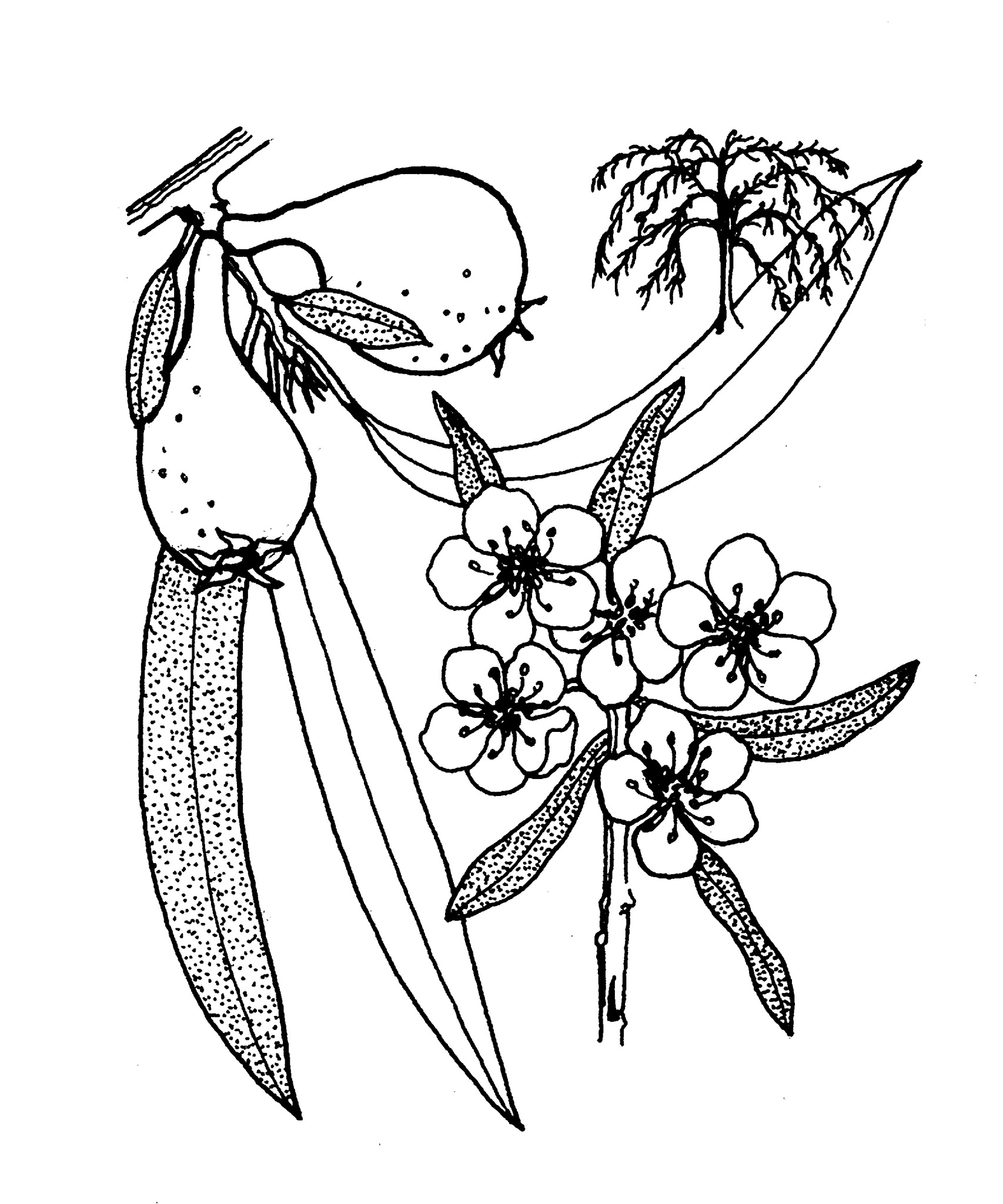
Deciduous tree 5-10 m tall with the branchlets more or less weeping, the shorter shoots often ending with a thorn. Leaves narrowly elliptic, silver-hairy, 3-9 cm long and usually without teeth, unfolding at the same time as the flowers. The silvery sheen is gradually lost as the hairs are shed through the growing season. Flowers white, about 2 cm wide, in clusters of 6-8. Fruits small, hard, yellowish, 2-3 cm long, sour and unpalatable.
A native of the Russian Caucasus mountains, this tree grows best in cooler areas and may be pruned to form a low clump.
Caucasus, SE Europe, Armenia.
VIC: Ballarat (Bot. Gds); Dromana ('Seawinds'). NSW: Wentworth Falls ('Puramimma').
Source: (2002). Rosaceae. In: . Horticultural Flora of South-eastern Australia. Volume 3. Flowering plants. Dicotyledons. Part 2. The identification of garden and cultivated plants. University of New South Wales Press.

Known to horticulture as a weeping form of the species. However, the natural species also has weeping branches. Often grown as the most ornamental of the pears for its grey leaves combined with the weeping branchlets. The white hair of the leaves is gradually lost through the season. Plants grow best in cool climates.